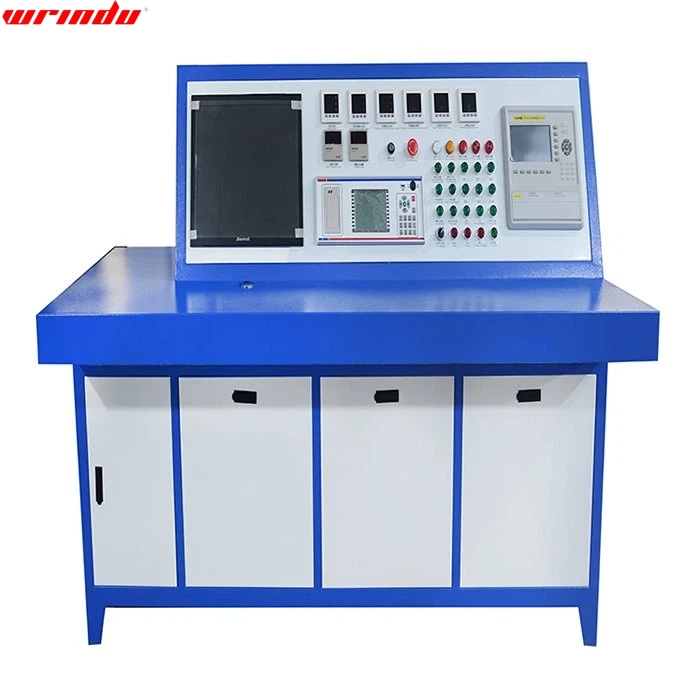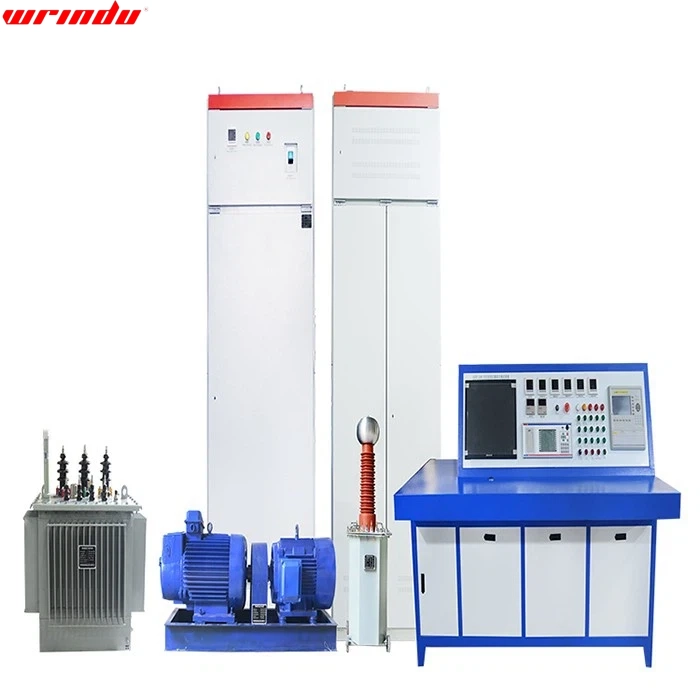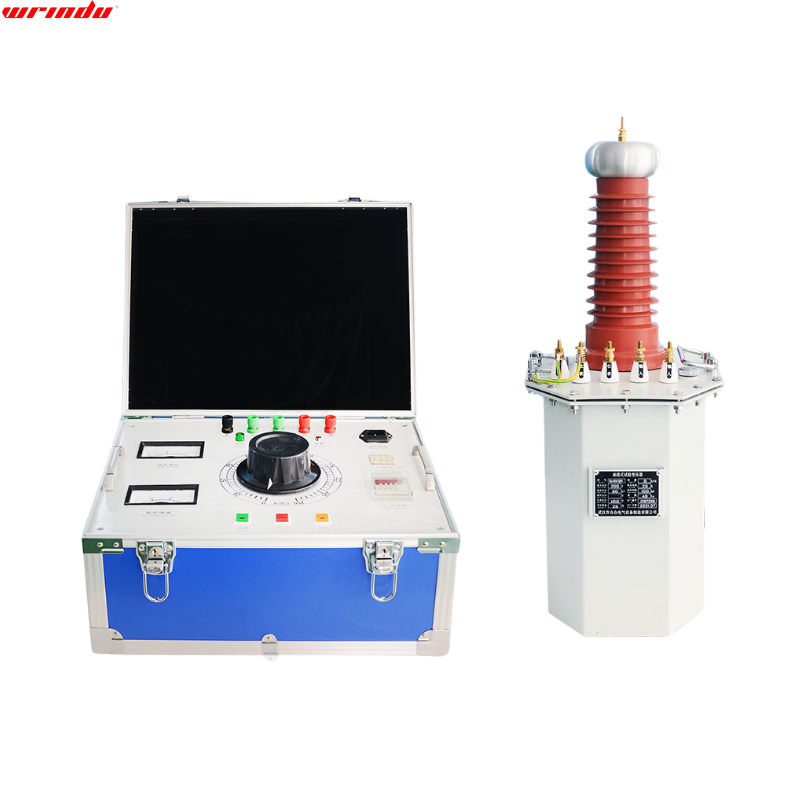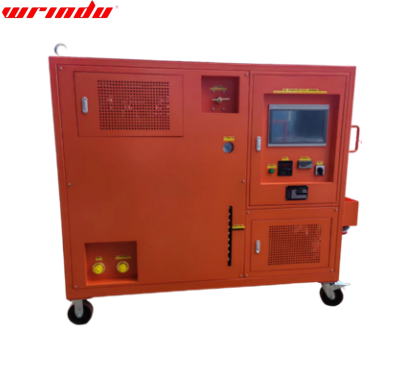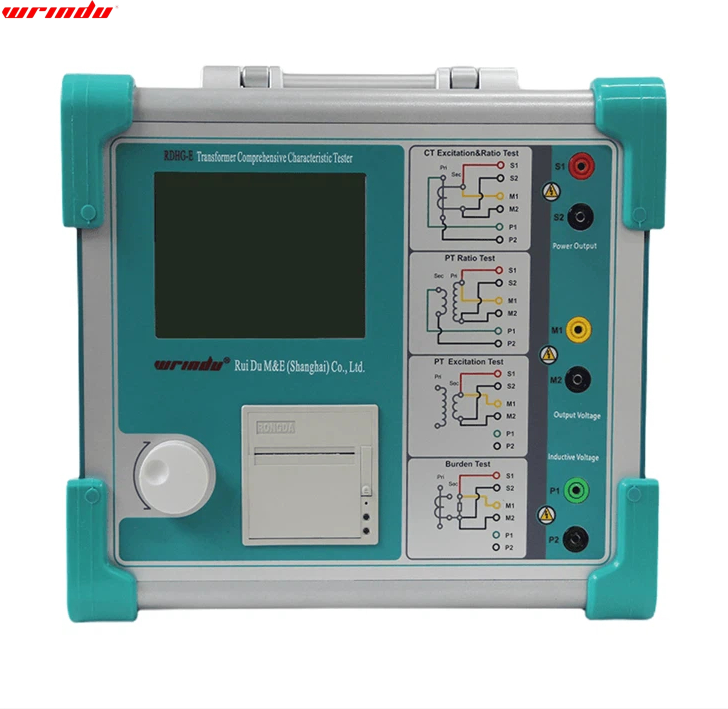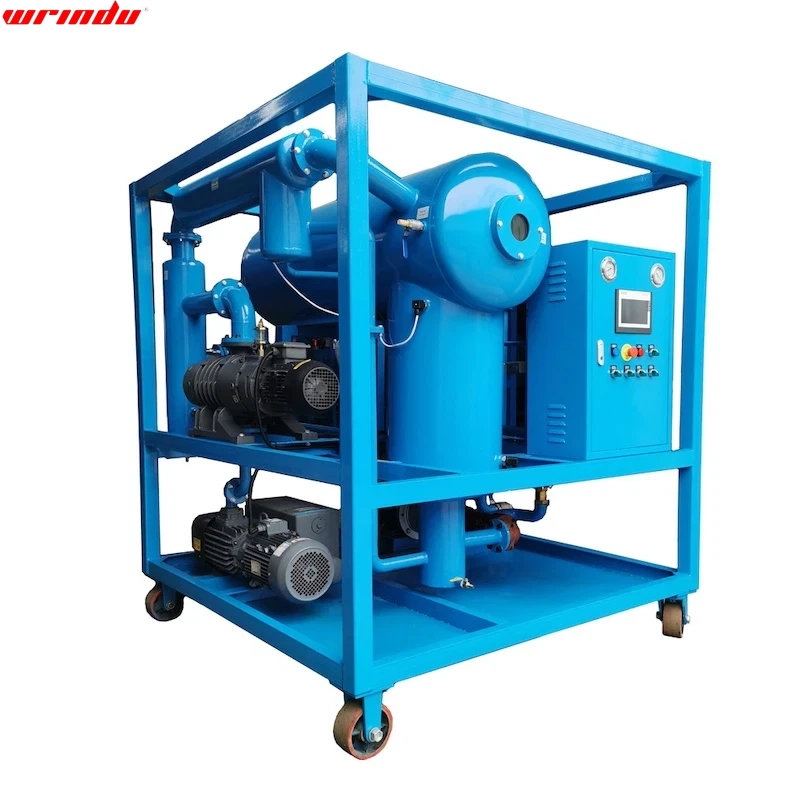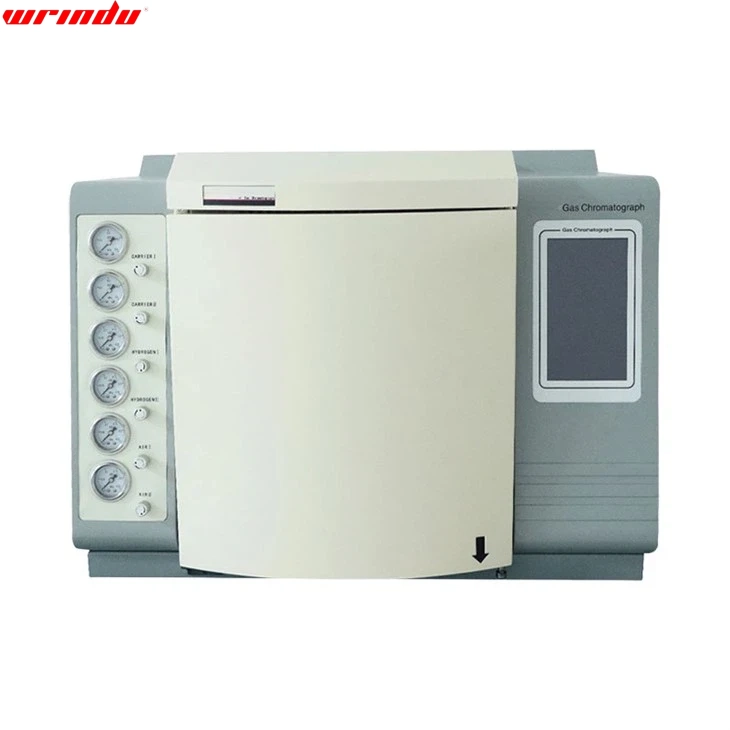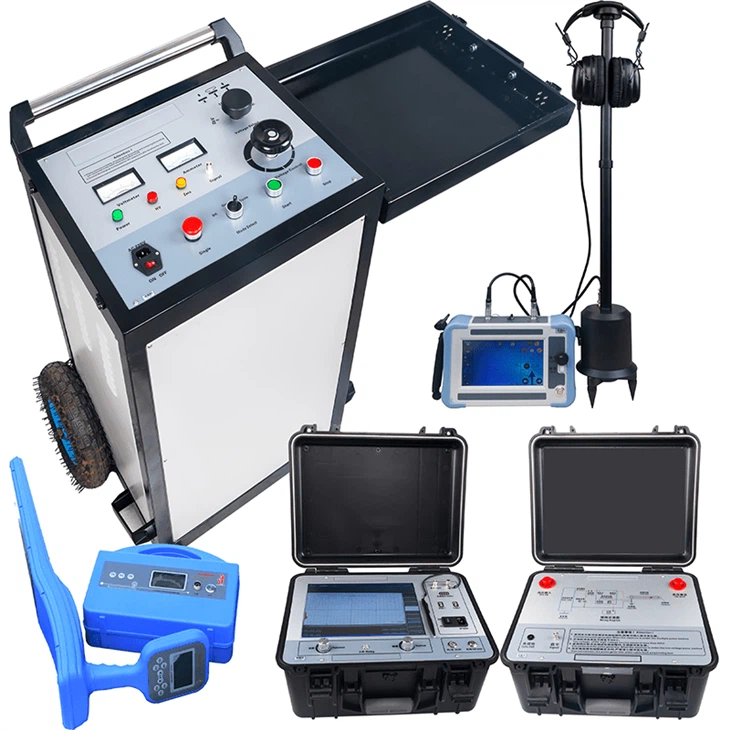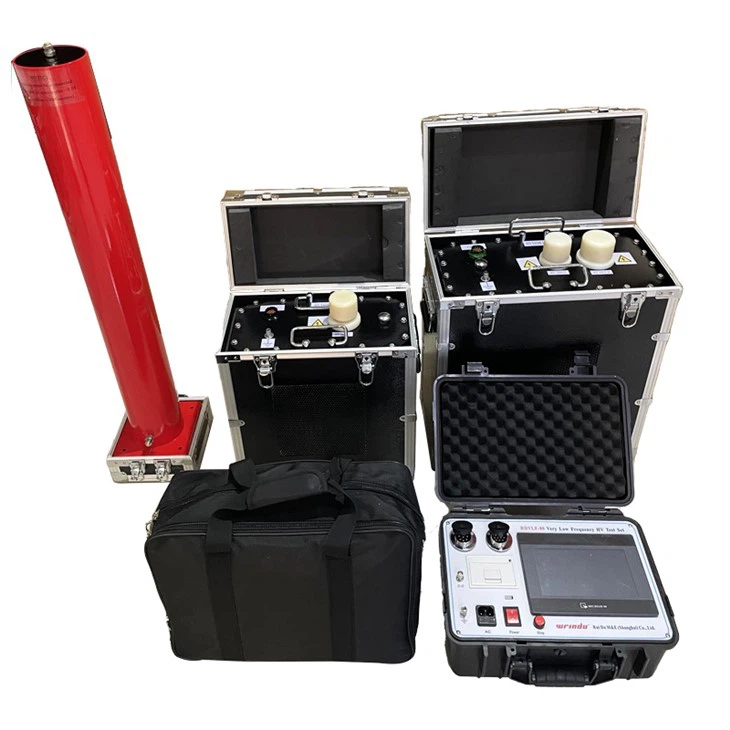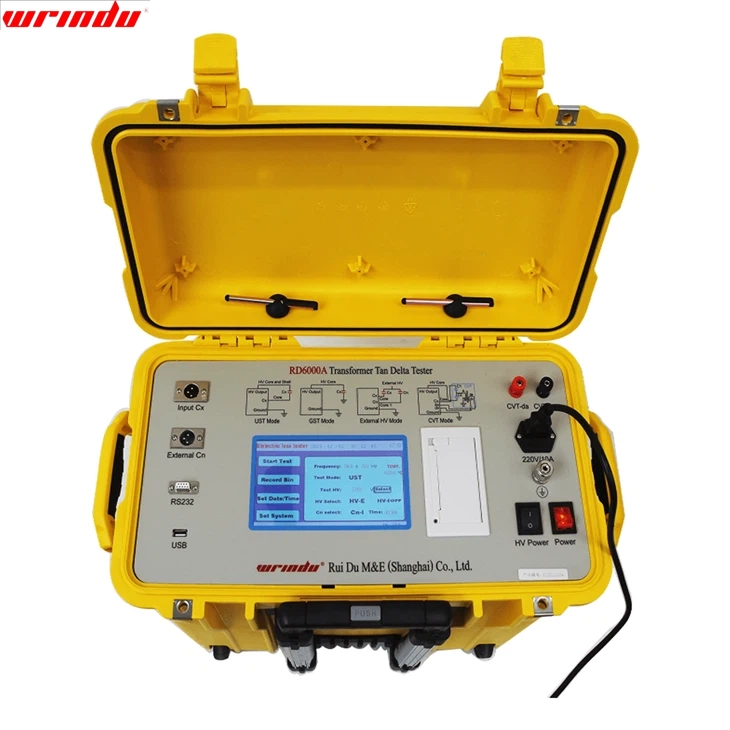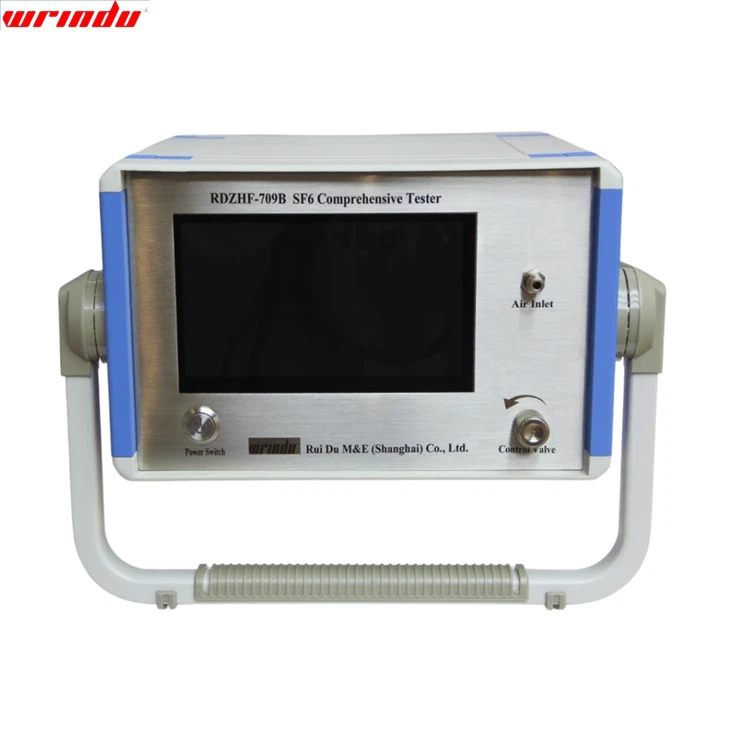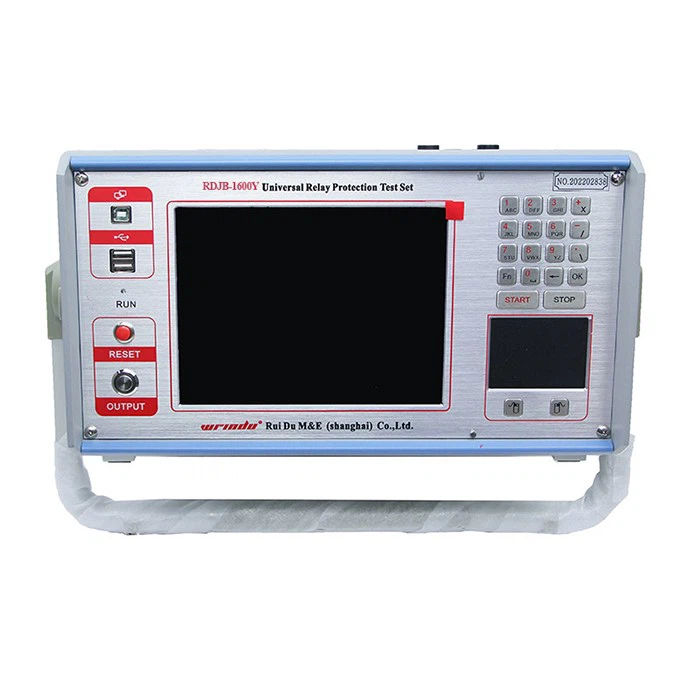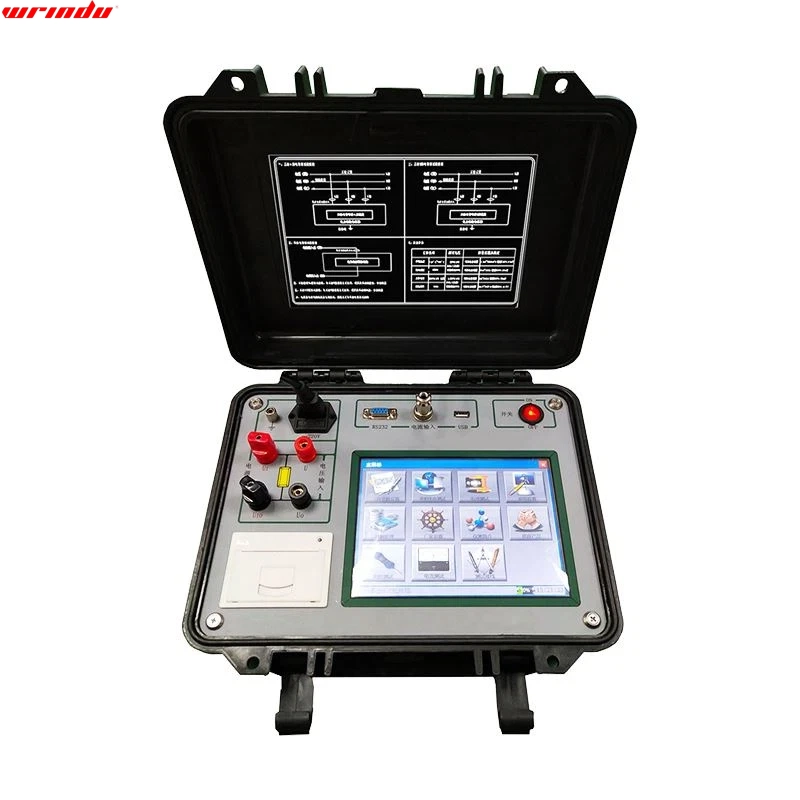OVERVIEW
- The RDTBT series transformer test bench is professional equipment specially designed for performance testing of power and distribution transformers. Its functions include the precise detection of transformer no-load and load characteristics, and it can also carry out frequency multiplication induction tests, power frequency withstand voltage tests and frequency multiplication tests.
- In the measurement stage, the t transformer test bench adopts advanced high-end single-chip microcomputer control technology, and all test data are intuitively displayed in digital form. The single-chip microcomputer can achieve synchronous sampling during tests, such as no-load and short-circuit. This innovative design completely abandons the cumbersome process of manual calculation after reading the voltage, current meter, and power meter in the traditional test method, thereby effectively avoiding the errors that may be caused by manual operation and greatly improving the accuracy and reliability of the test data.
CHARACTERISTIC
- 1. The instrument uses a large-size backlit LCD screen with clear classification, reasonable layout, intuitive user interface design, and simple and smooth operation.
- 2. It is suitable for transformer testing with a wide range of voltage levels (10kV, 35kV, 110kV, 220kV) and capacity ranges (10kVA10000kVA). It can perform multiple tests to meet diverse testing needs, such as DC resistance, ratio group, no-load loss, load loss, AC withstand voltage, and induction withstand voltage.
- 3. The measured data is displayed through direct-reading voltage and current meters, and a digital display or pointer meter form can be selected. At the same time, it supports real-time print output of test results, including key data such as loss, ratio, and DC resistance.
- 4. The transformer test bench has a precise, slow voltage increase and decrease function to ensure that the voltage increase and decrease process is stable and controllable and that the test is more accurate.
- 5. The built-in sound and light warning system actively remind us of critical operations and abnormal situations to improve the safety and convenience of the test process.
- 6. Clear operation instructions are provided throughout the test process, and function buttons with a clear division of labour are equipped to help users quickly master the operation steps.
- 7. The display and operation interface are designed with independent partitions, providing good visibility and a comfortable observation experience and reducing the risk of misoperation.
- 8. The low-voltage transformer’s gear-switching design is flexible, and all operations can be easily completed on the equipment platform.
- 9. The test circuit adopts a modular design, and the switching between circuits is simple and efficient, greatly improving work efficiency.
- 10. The system safety design is comprehensive, integrating six protection functions, including input overload protection, output short circuit protection, measurement system protection, test product overvoltage protection, voltage regulator zero position detection protection, and interlocking mechanism to ensure the safety of equipment and operators.
For more information about transformer testing equipment, please click More.
To request the latest quotes, please click Contact Us.
FAQ
Q: What are the four basic types of transformer tests?
A: The four basic types of transformer tests include:
1.Turns Ratio Test: Determines the transformation ratio.
2. Winding Resistance Test: Measures resistance to assess conductor integrity.
3. Short Circuit Test: Evaluates impedance, load loss, and copper losses.
4.Open Circuit Test: Measures no-load loss and current, assessing core losses.
Q: What is the IEEE standard for transformer testing?
A: The IEEE standard for transformer testing is IEEE Std C57.12.00(TM), covering tests for liquid-immersed transformers, ensuring proper assessment of both new and reconditioned units. Factory testing follows IEEE C57.12.90 for liquid-immersed and IEEE C57.12.01 for dry-type transformers.




